To tell a story, you need a way of delivering it from your brain to the brains of your audience; that is what ‘telling’ means. Throughout history, there have been only three main methods of delivering a story: the spoken word, the written word, and various kinds of dramatic performance. Each of these three can be delivered with the help of various physical materials, or, in modern times, electronic media. That, it would seem, is all there is to say about the Formal layer; but if we pause to think, we may discover some additional points, and work towards some general principles on the process of ‘swapping out’ within a layer.
Let us look at each of these methods in a little more detail.
1. Oral storytelling
The oldest medium by far, of course, is the spoken word. In human history, words were the first signs ever employed solely to point at something external to themselves; and they were the first signs whose meanings were arbitrary. The same group of sounds, in the same order, can mean entirely different things in different languages. Mist, for instance, means ‘fog’ in English, but ‘manure’ in German: as the makers of Irish Mist liqueur found out when they tried to sell their product in Germany.
This example shows why I refer to this bottom layer of a story as the Formal, rather than physical, layer. Meaning is carried by form rather than substance. It doesn’t matter whose voice is speaking, whether it is high or low, loud or soft, musical or hoarse; as long as the speaker repeats the correct sounds in the proper order, to someone else who understands the same language, the words carry their meaning. Likewise, in writing, it is the forms of the letters, not the material they are made of, that carries the meaning. To borrow an example from a well-known psychological test:
RED –––– BLUE
The second word is red, but it is the first word that means ‘red’. The meaning the words point to is not intrinsic to the words themselves; and that meaning is determined by the form – the sound or shape of each letter and the way they are combined.
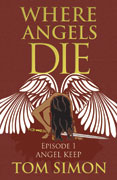
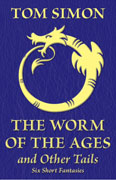
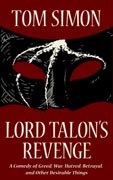

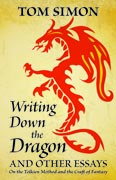
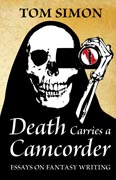
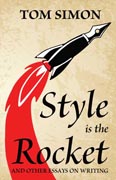
Recent Comments